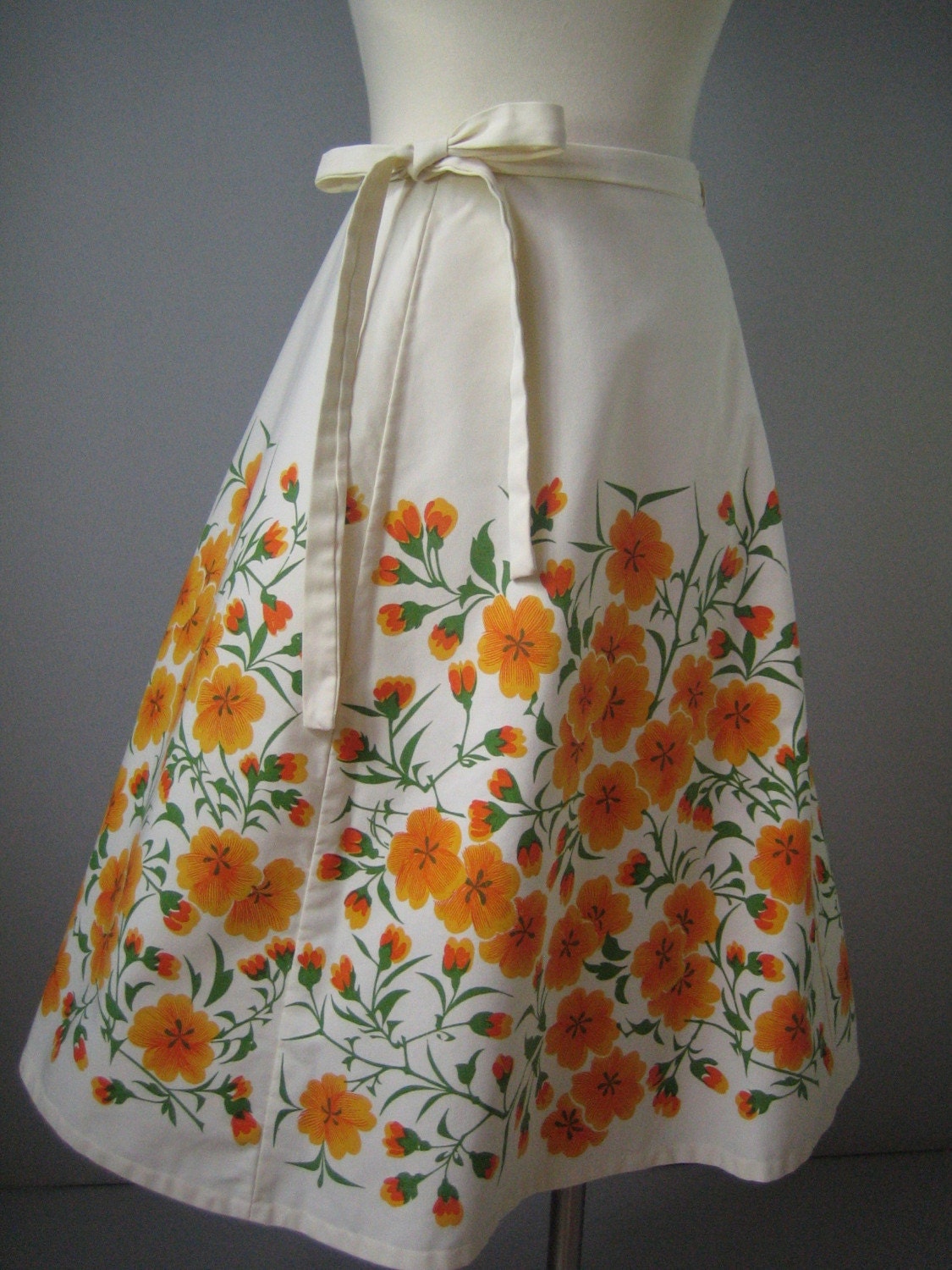The gender binary system is possibly one of the most naturalized in current human society. Although differing over time and across cultures, the assumption that there are two sexes, that there has always been two sexes, and that these two sexes exist to serve different evolutionary purposes runs deep. This gender binary permeates society so thoroughly that it is often difficult to see the system considering that it is a part of daily life. However, with a critical eye, the gender binary system can be spotted everywhere. In particular, the gender binary can be seen through clothing design. Most obviously, clothing is separated into male and female. Shops are either dedicated to one sex or the other, or they are physically spilt, separating and demarcating female clothes from male clothes. The design of shops then, although seemingly natural, is actually a reflection of the gender binary system that demands that men and women be differentiated at all times.
And then consider the clothing itself. Men’s clothing often comes in darker colors, is made from sturdier material, and is more tailored. Women’s clothing, conversely, is often lighter, both in material and color, and more focused on leisure as opposed to men’s clothes that either has a professional or active focus. Men do not inherently desire somber colors. It is not natural for women prefer to wear flowy cotton as opposed to wool sweaters. But the gender binary system demanded that men work outside the home (whether in professional or manual work) where as women remained inside the domestic. Therefore, men required clothing that was appropriate for their work, where as women could wear less practical and less serious clothing because of the sphere in which they existed. The design of clothing, from the fit to the material to the color all reveals how this binary considers to dominate every day life, even in an age where separate spheres has been greatly diminished. Also, consider the skirt. Granted, through history, men have worn garments similar to skirts, but for the purpose of this argument, I will focus on the last few centuries in the Western world. The skirt is not only impractical for traditionally male activities (e.g. construction, exploration, sports), but also reflects society’s consideration of sexuality. In the Western world, the female body has traditionally been the domain of men. Therefore, the skirt reflects men’s sense of entitlement to a woman’s body by providing easy access (in comparison to pants) to sex. Thus, the design of the skirt reveals a female vulnerability that was (and still is) the product of the gender binary system.
Thyssen's cynical point of view regarding art and design system suggests that we are all "Cogs in the machine" and that everything to be done has been done before and everything that will be created will be made obsolete immediately. So why continue pursuing design?
Although design cannot escape the system, although design is more of a process or reworking as opposed to creation, people continue to design because of the desire to express a personal point of view. Because the system provides the backdrop for every idea, history and culture cannot be escaped, regardless of the level of nonconformity present in a particular design. Nevertheless artists and designers can produce art and designs that offer different perspectives on the world around them, on the system, even on art and design itself.
I cannot help but think of the artist, Sol LeWitt. Although he was neither a designer nor Danish, I believe his wall drawing project that includes hundreds of wall drawings completed over decades, illustrates Thyssen’s second suggestion of how designers can work within the current system. LeWitt was able to delve into a particular location within the art system so that he pushed the definition of what drawing was through repetition, experiment, and creativity. Although he did not break out of the system, he was able to change the system in the sense that his drawings questioned where drawings were supposed to belong, how they should look, what materials should be used, and who should be making them. Many of his drawings consist of nothing more than straight lines, squiggles, or geometrical shapes, none of which are a new idea. Nevertheless, he made his art not to draw pictures that had never been drawn before but to play with line, color, light, location, to push the art system, and to offer the world his perspective. Just because his art builds upon countless past artistic traditions does not lessen the value of his wall drawings at all.
Being unique is not a requirement of art or design. It is an impossible standard. Artists and designers study those who came before them not to learn what not to design, but to be inspired. There is inherent value in a system that fuels itself with a never ending source of inspiration.





No comments:
Post a Comment